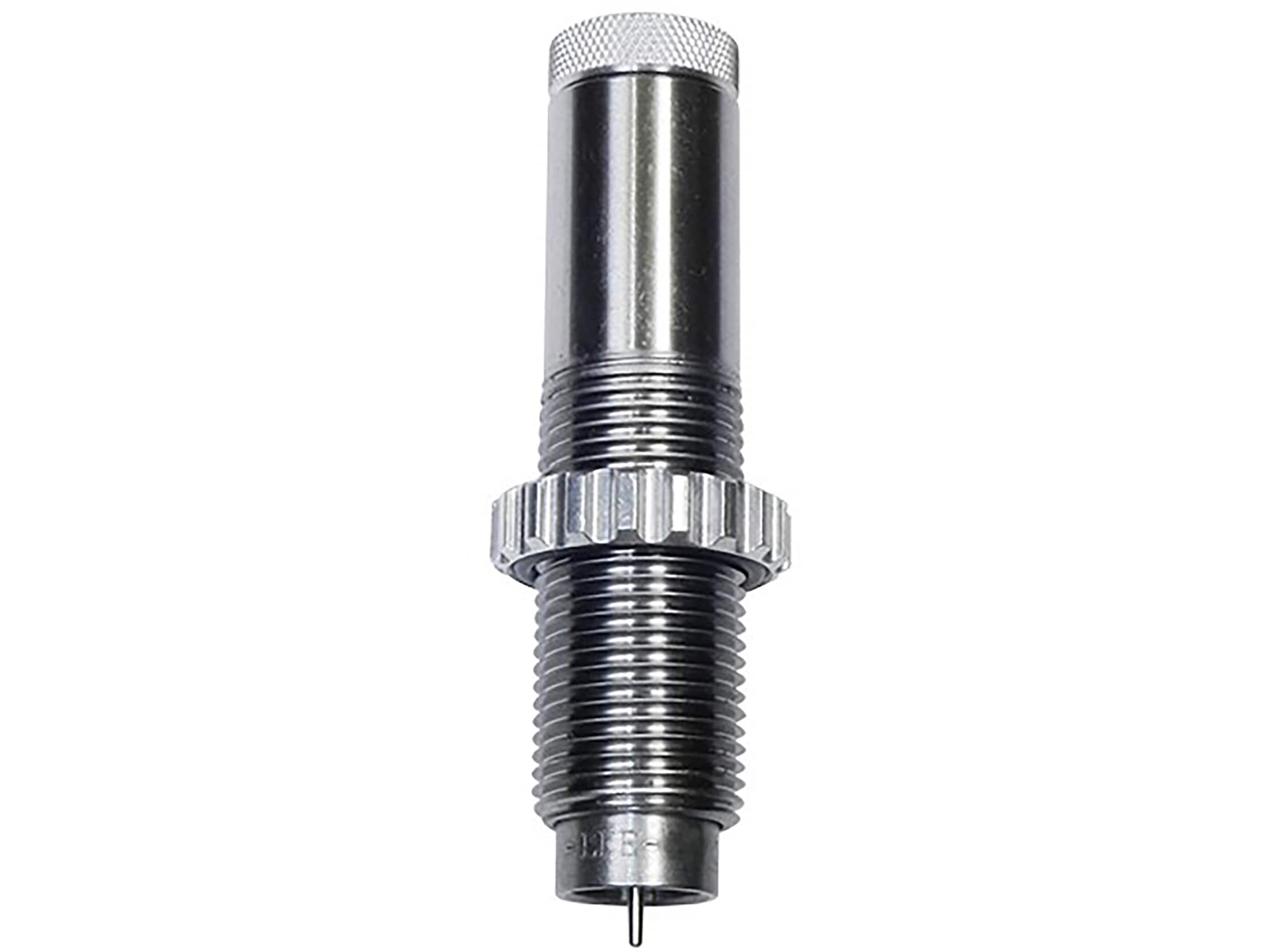Anyone ever done this? The pin floats in the die so what I'm thinking is just put the die up some so that it doesn't use the collet on the neck. The order I'm thinking about right now is:
-Universal decapper (flash hole check)
-resize (no expander)
-size neck (collet die as mandrel)
-Charge (probably a home brewed charging die)
-seating
I may eliminate the universal decapper by eliminating the expansion function (use a 223 expander or turn it off) of a standard sizing die. The other thing is that this setup would be compatible with my LNL AP as a "one shot" system where I wouldn't need to use the press twice. I'd just throw deprimed/cleaned/pocked prepped brass in and run.
The only consideration I have that could significantly alter this is that I wouldn't have trimmed and I think I need to do that after the case is in its final shape. (e.g. between neck sizing and charging.) If that's the case then I may take the first steps and have another setup for the last two steps (3 if FCD is used) and I would probably end up on my Dillon 550.
Am I going up the wrong tree here? If the shape of the collet die's pin is a bit suboptimal that's not much of a concern as I'll just chuck er up in the lathe and do what I need to.
-Universal decapper (flash hole check)
-resize (no expander)
-size neck (collet die as mandrel)
-Charge (probably a home brewed charging die)
-seating
I may eliminate the universal decapper by eliminating the expansion function (use a 223 expander or turn it off) of a standard sizing die. The other thing is that this setup would be compatible with my LNL AP as a "one shot" system where I wouldn't need to use the press twice. I'd just throw deprimed/cleaned/pocked prepped brass in and run.
The only consideration I have that could significantly alter this is that I wouldn't have trimmed and I think I need to do that after the case is in its final shape. (e.g. between neck sizing and charging.) If that's the case then I may take the first steps and have another setup for the last two steps (3 if FCD is used) and I would probably end up on my Dillon 550.
Am I going up the wrong tree here? If the shape of the collet die's pin is a bit suboptimal that's not much of a concern as I'll just chuck er up in the lathe and do what I need to.


